In today’s fast-paced world, convenience is king—especially when it comes to fitness. More and more people are skipping crowded gyms and building their own functional training home gym to support a smarter, more versatile way to train. But how do you set one up properly, and what equipment truly makes a difference?
Let’s break it down.
What Is Functional Training?
Functional training focuses on movements that mimic real-life activities. Rather than isolating a single muscle group, it improves strength, stability, coordination, and mobility across multiple joints. This makes it ideal not just for athletes, but for anyone looking to move better and feel stronger in daily life.
Why Build a Functional Training Home Gym?
Setting up your own space lets you train anytime, skip the commute, and tailor your setup to your goals. Whether you’re working on strength, HIIT, or mobility, functional fitness gives you endless possibilities.
With the right functional training tools, you can:
-
Build total-body strength
-
Improve balance and flexibility
-
Burn fat with high-intensity circuits
-
Train sport-specific or rehab-focused movements
-
Stay consistent without gym distractions
Must-Have Functional Training Equipment List
Not all gear is created equal. To get the most out of your workouts, consider this curated functional training equipment list that covers the essentials:
1. Functional Training Rig
The centerpiece of any serious setup, a functional training rig acts as your multi-station training base. It typically includes anchor points for suspension trainers, pull-up bars, resistance bands, and more. Some rigs even integrate storage, landmine attachments, or cable pulley systems for added versatility.
2. Suspension Trainer (e.g., TRX)
Suspension trainers are compact, portable, and great for full-body workouts using just your body weight. They help improve core engagement, stability, and flexibility.
3. Kettlebells & Dumbbells
These staples offer endless movement variations, from swings to presses to carries. Look for ergonomic designs and a range of weights.
4. Resistance Bands
Bands are lightweight yet powerful functional training tools for strength training, warm-ups, or rehab. Loop bands, tube bands, and hip circles all serve different purposes.
5. Plyo Box
Perfect for jump training, step-ups, or even dips. Adjustable or soft foam boxes offer safety and versatility.
6. Battle Ropes
Excellent for cardio and upper-body conditioning. Wrap them around your functional training rig and get to work.
7. Medicine Balls or Slam Balls
Add dynamic movement and power training to your routine with balls that can be thrown, slammed, or carried.
Best Functional Training Equipment for Small Spaces
If you’re working with limited space, prioritize gear that offers multi-functionality:
-
Wall-mounted rigs or foldable squat racks
-
Adjustable dumbbells
-
Stackable resistance bands
-
Compact pulley systems
A versatile setup lets you transition between strength, cardio, and mobility seamlessly—even in a garage or spare room.
Final Thoughts
Investing in the best functional training equipment isn’t about having the flashiest gear—it’s about choosing tools that support movement, longevity, and progress. Whether you’re new to fitness or upgrading your space, a well-equipped functional training home gym can help you move better, train smarter, and stay consistent year-round.
Start small, stay consistent, and build your setup one tool at a time. The results will speak for themselves.


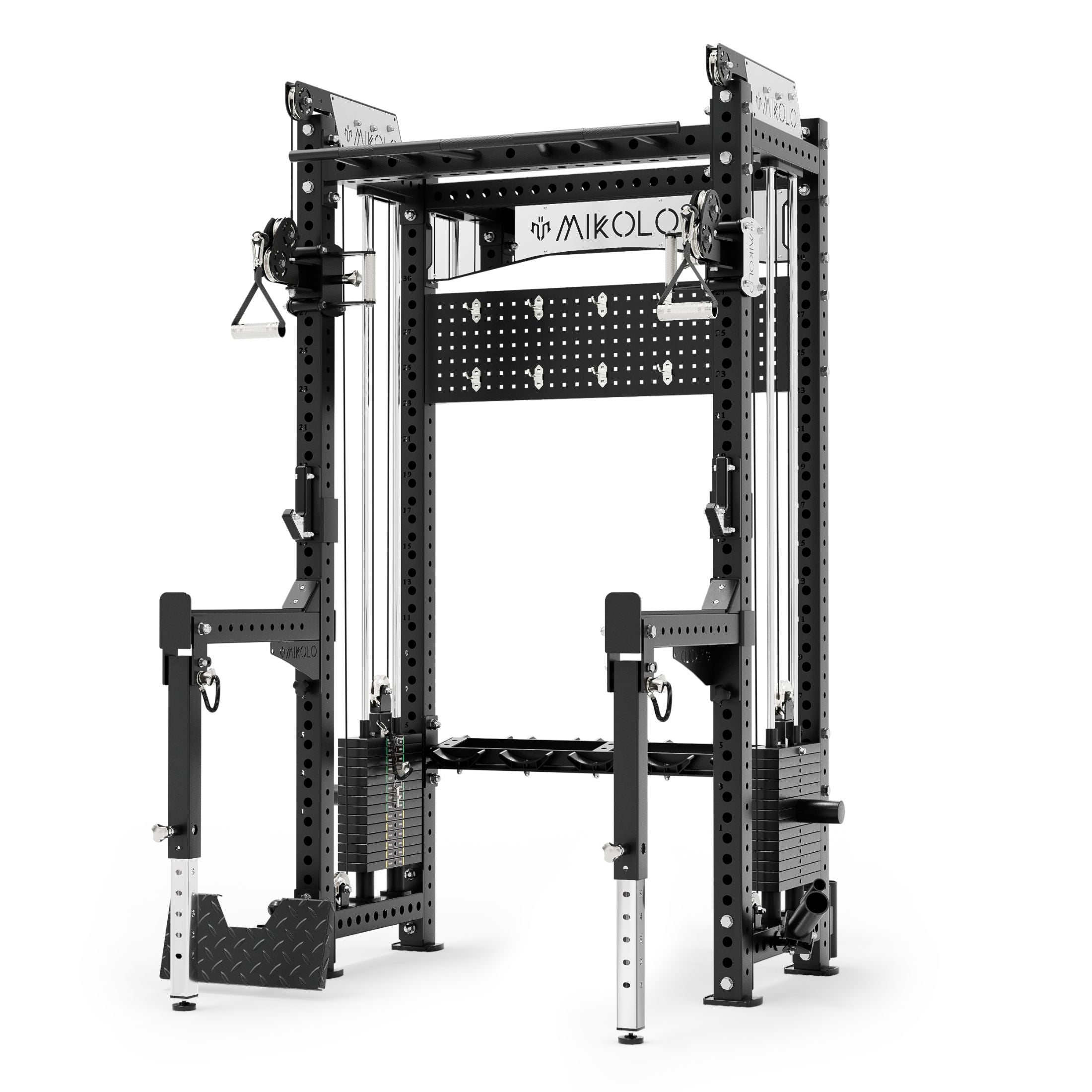




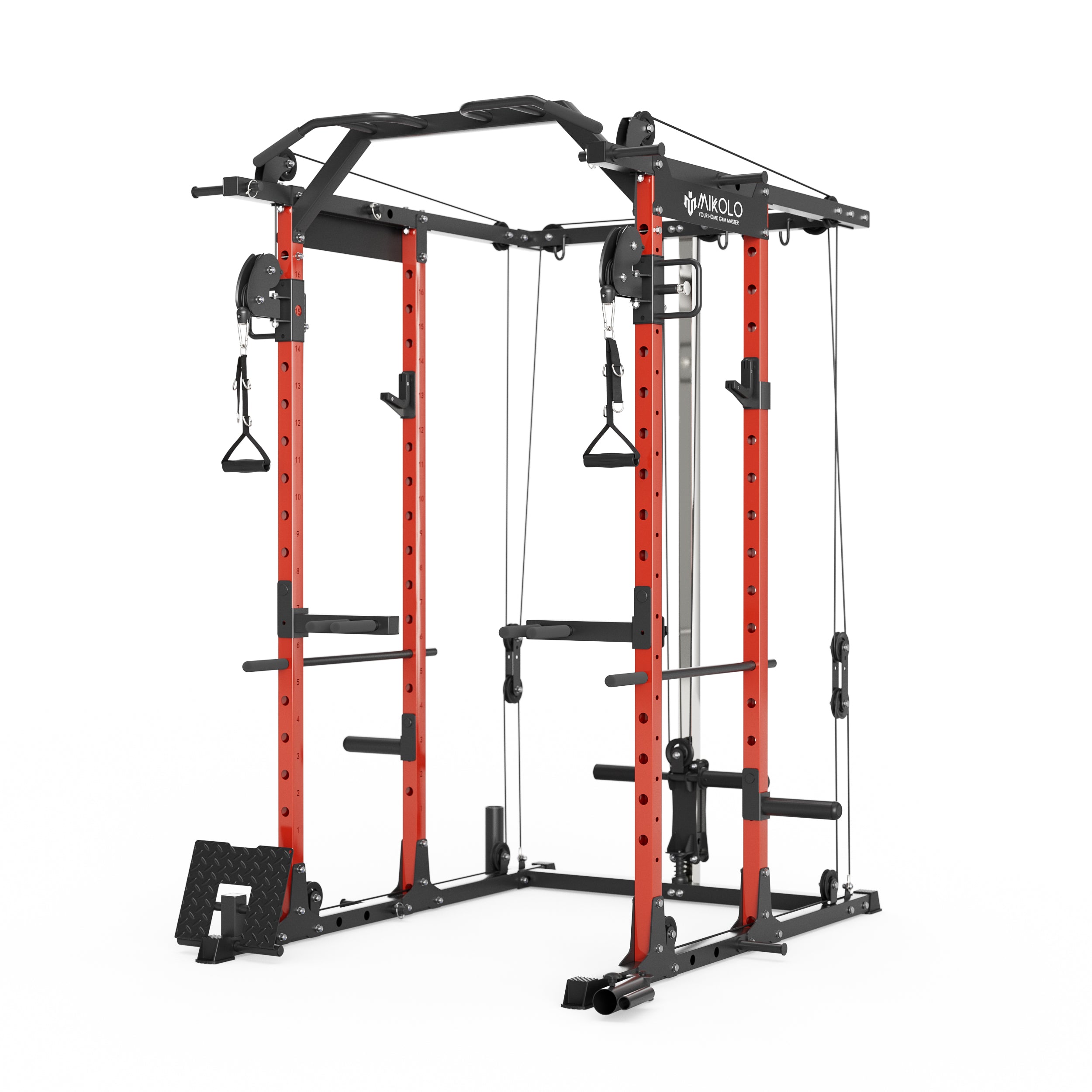
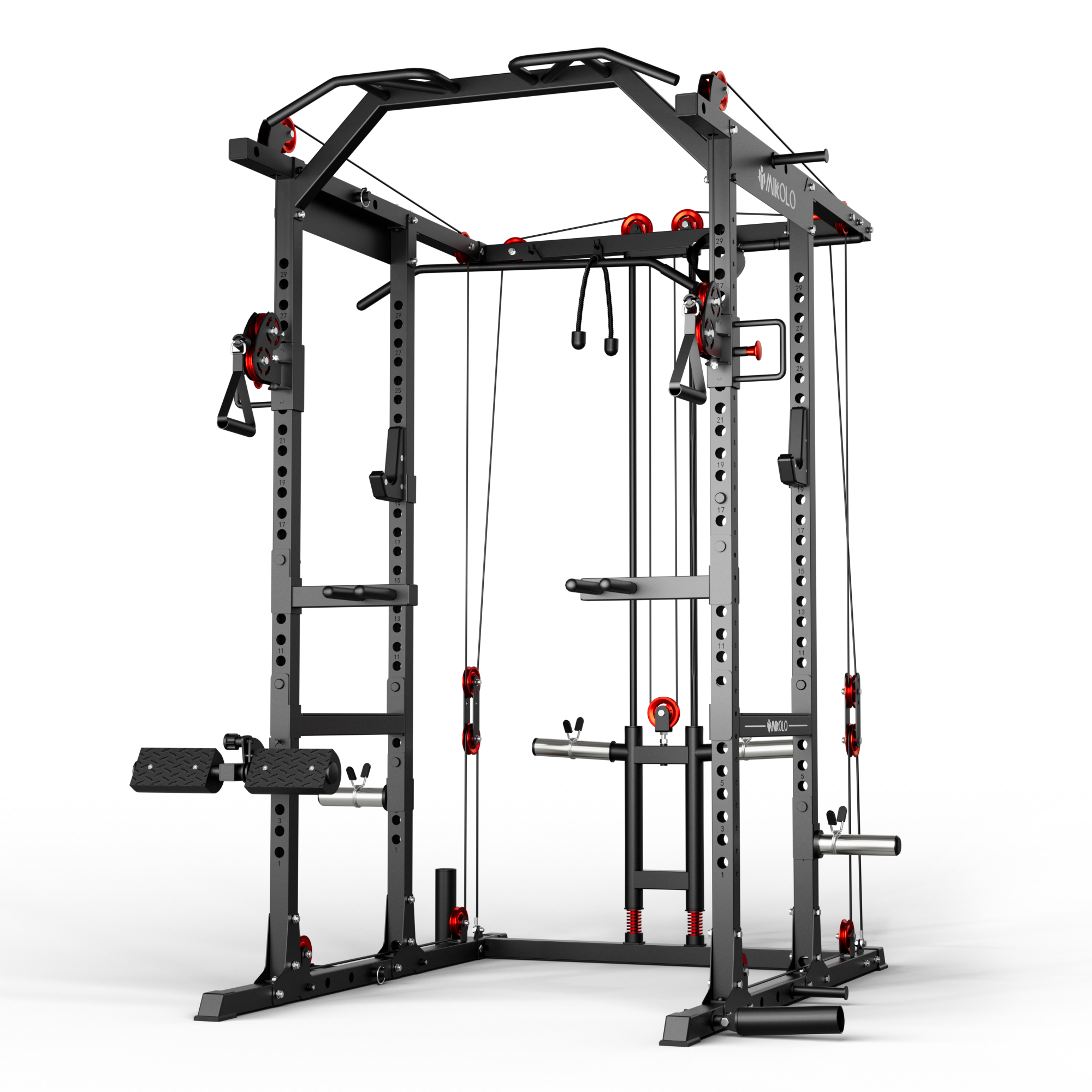

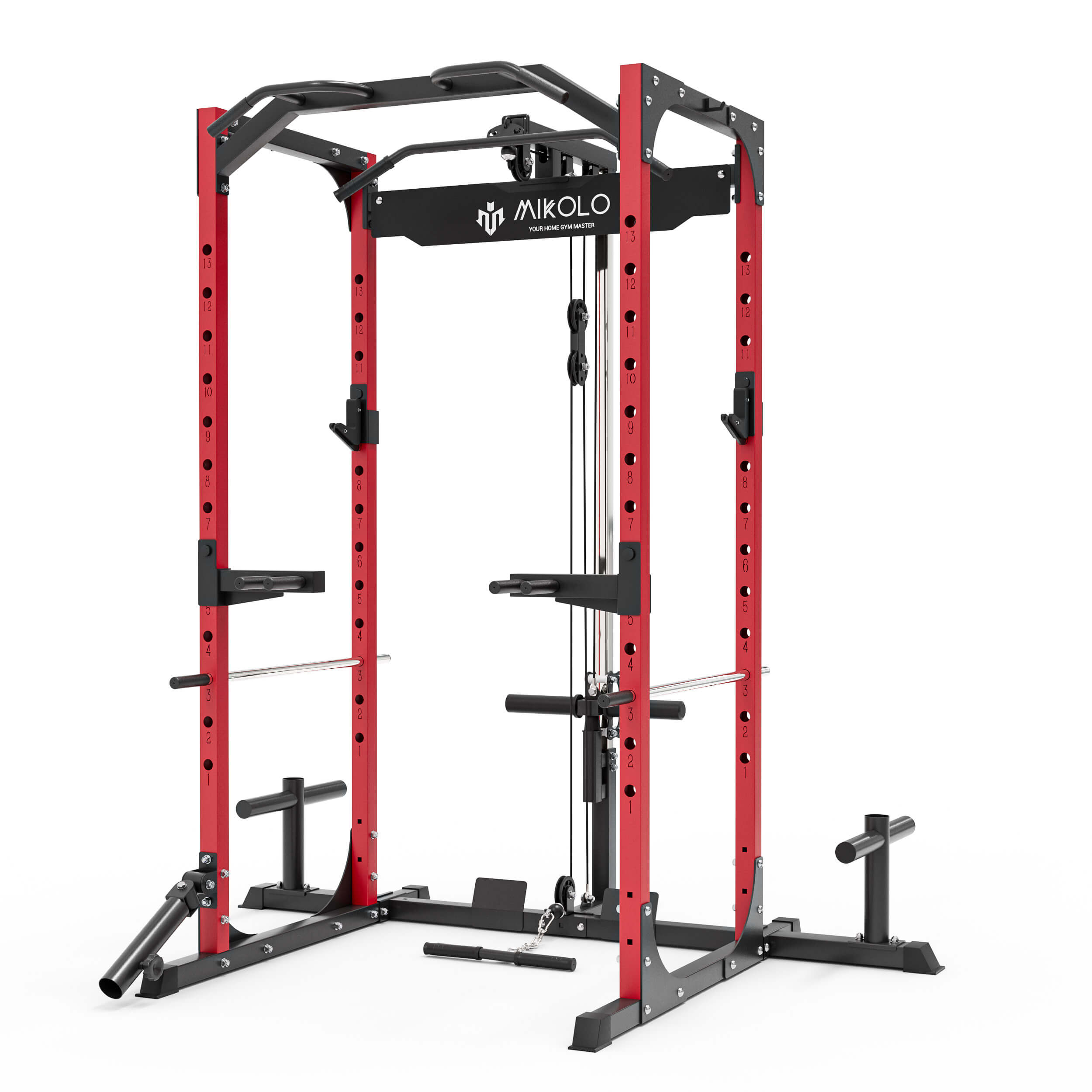



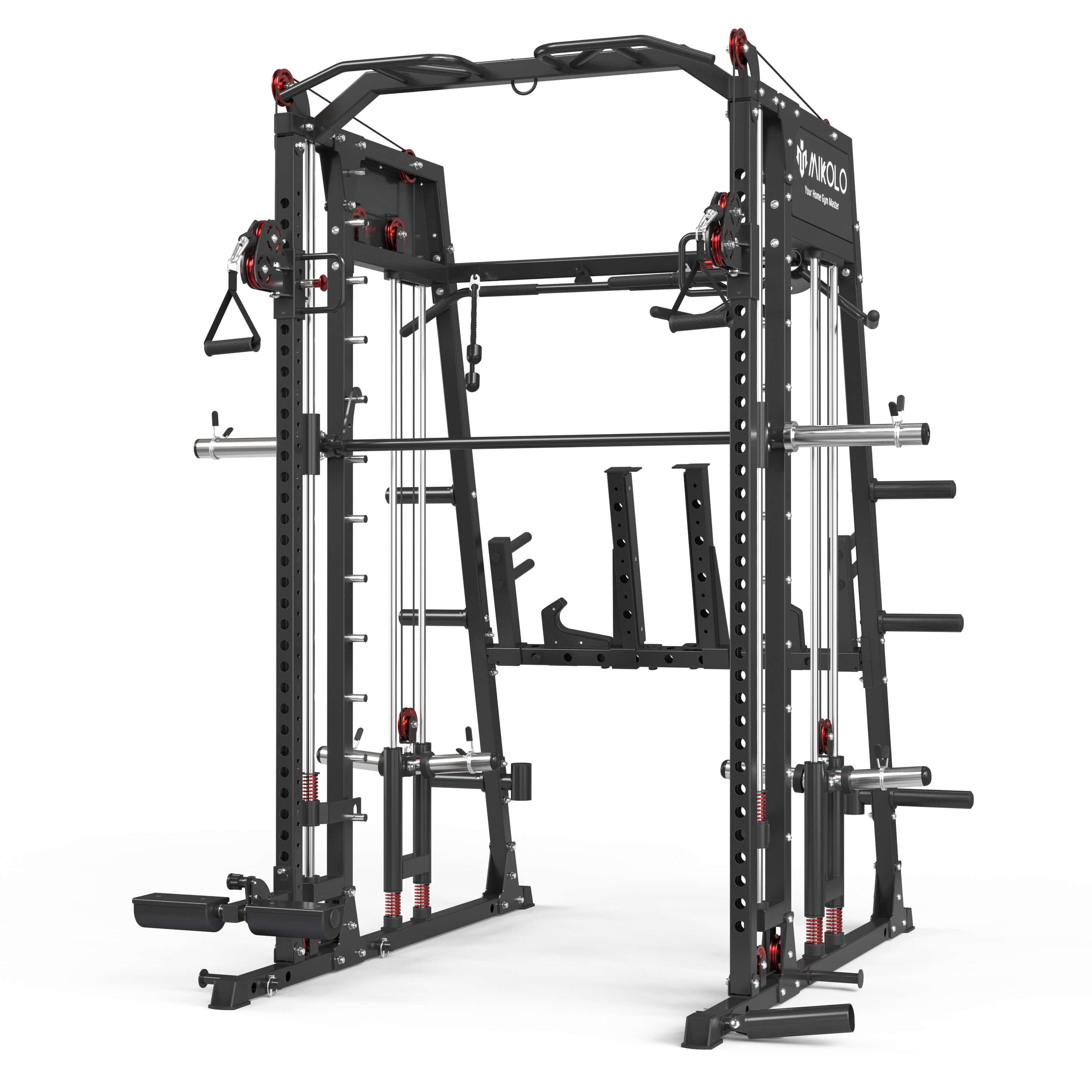

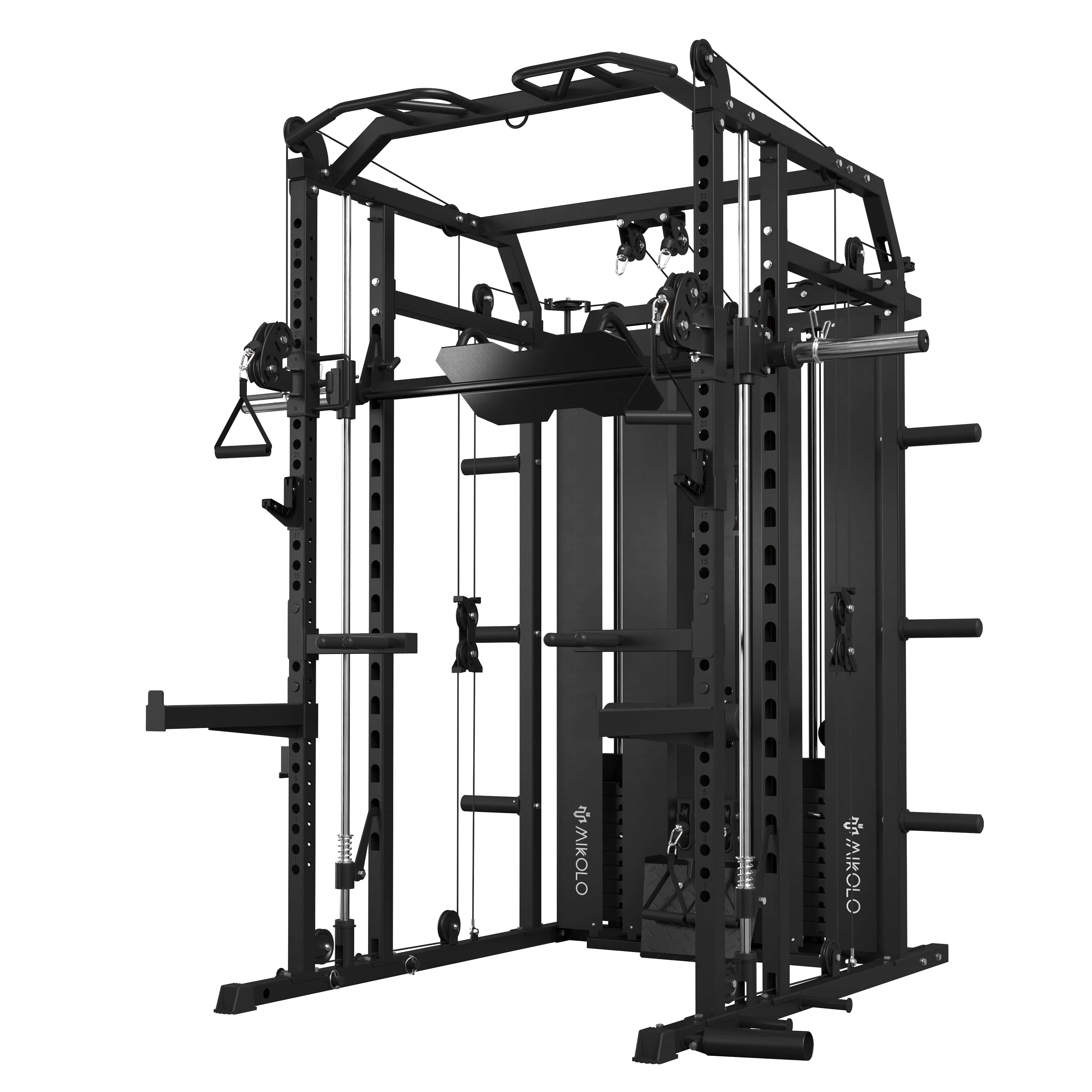
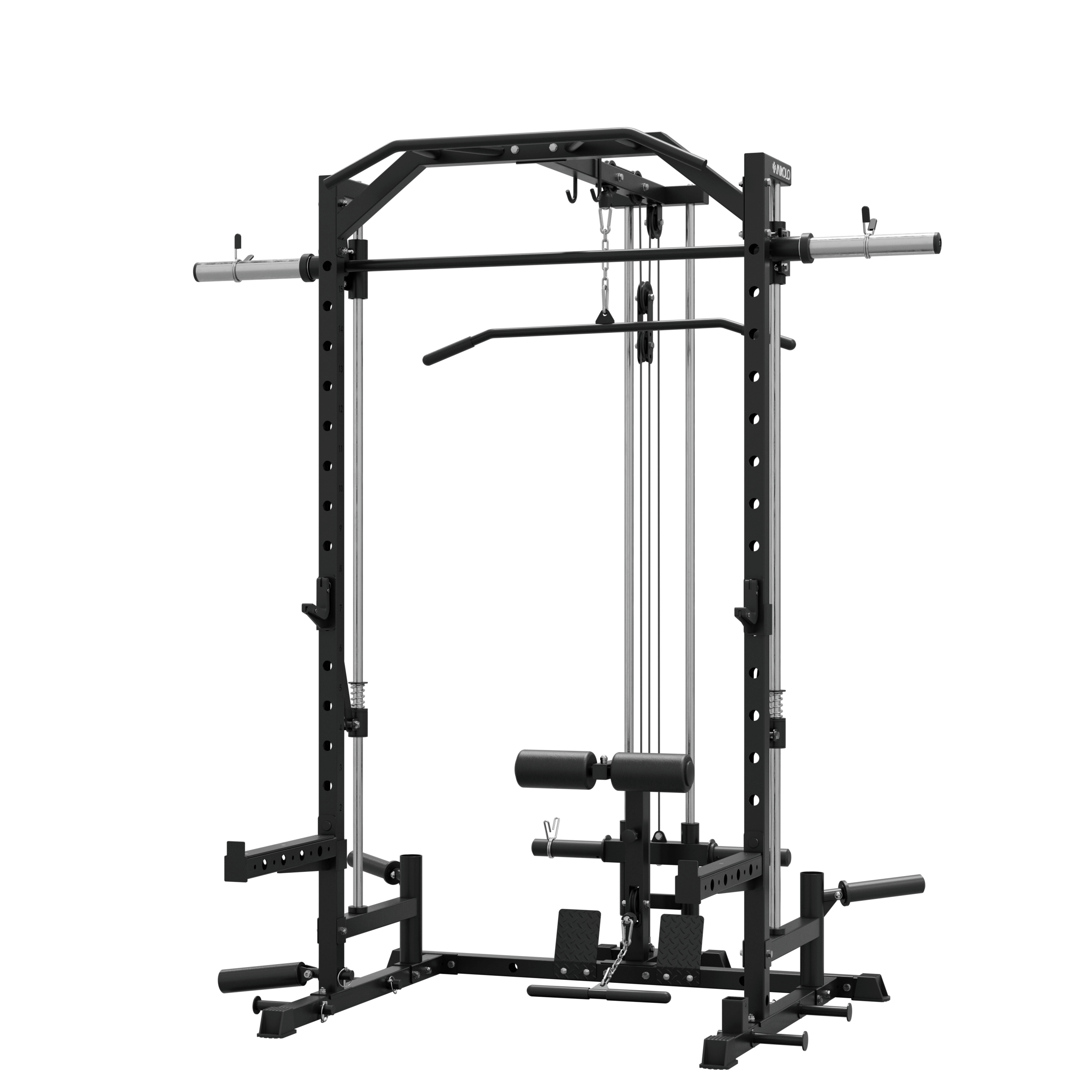
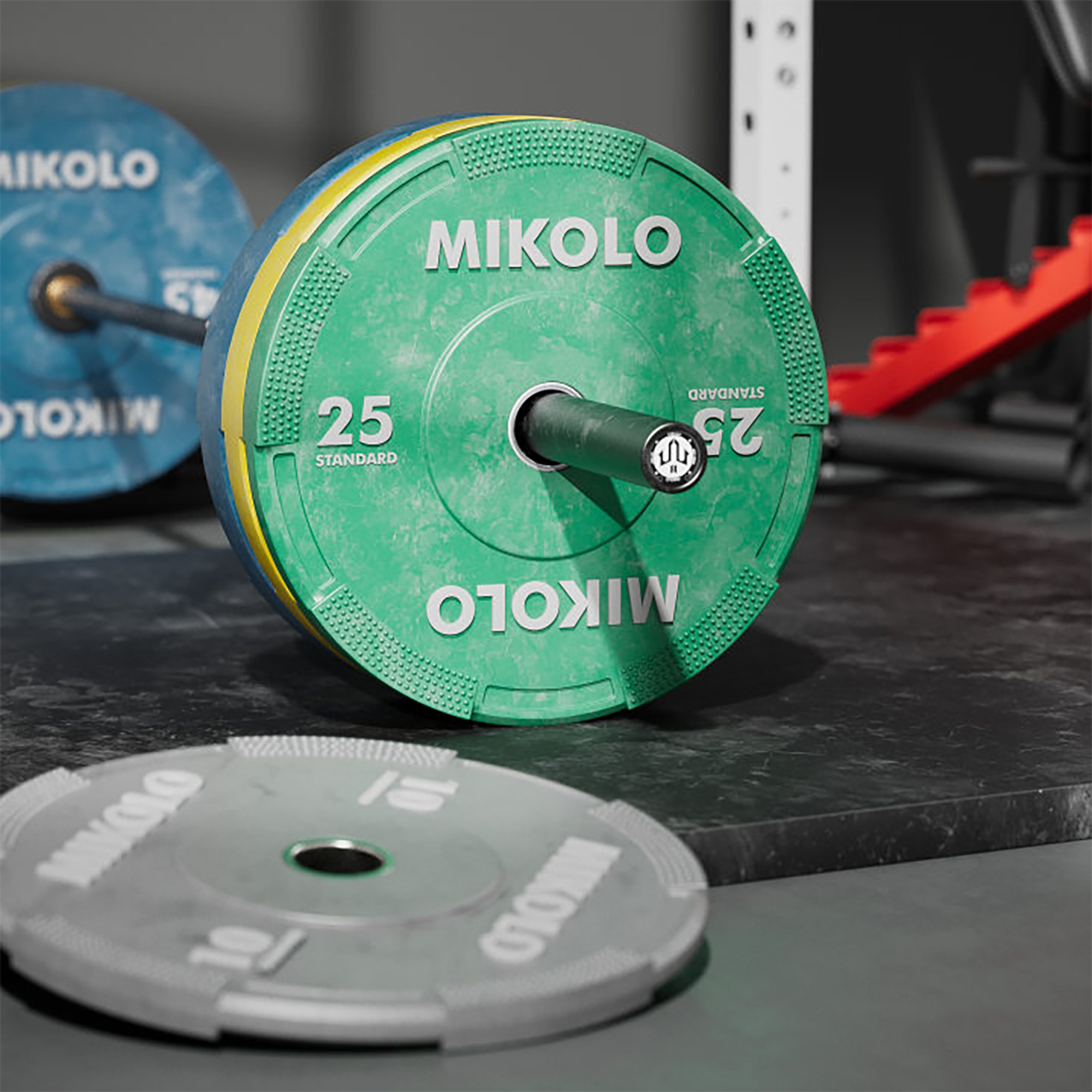






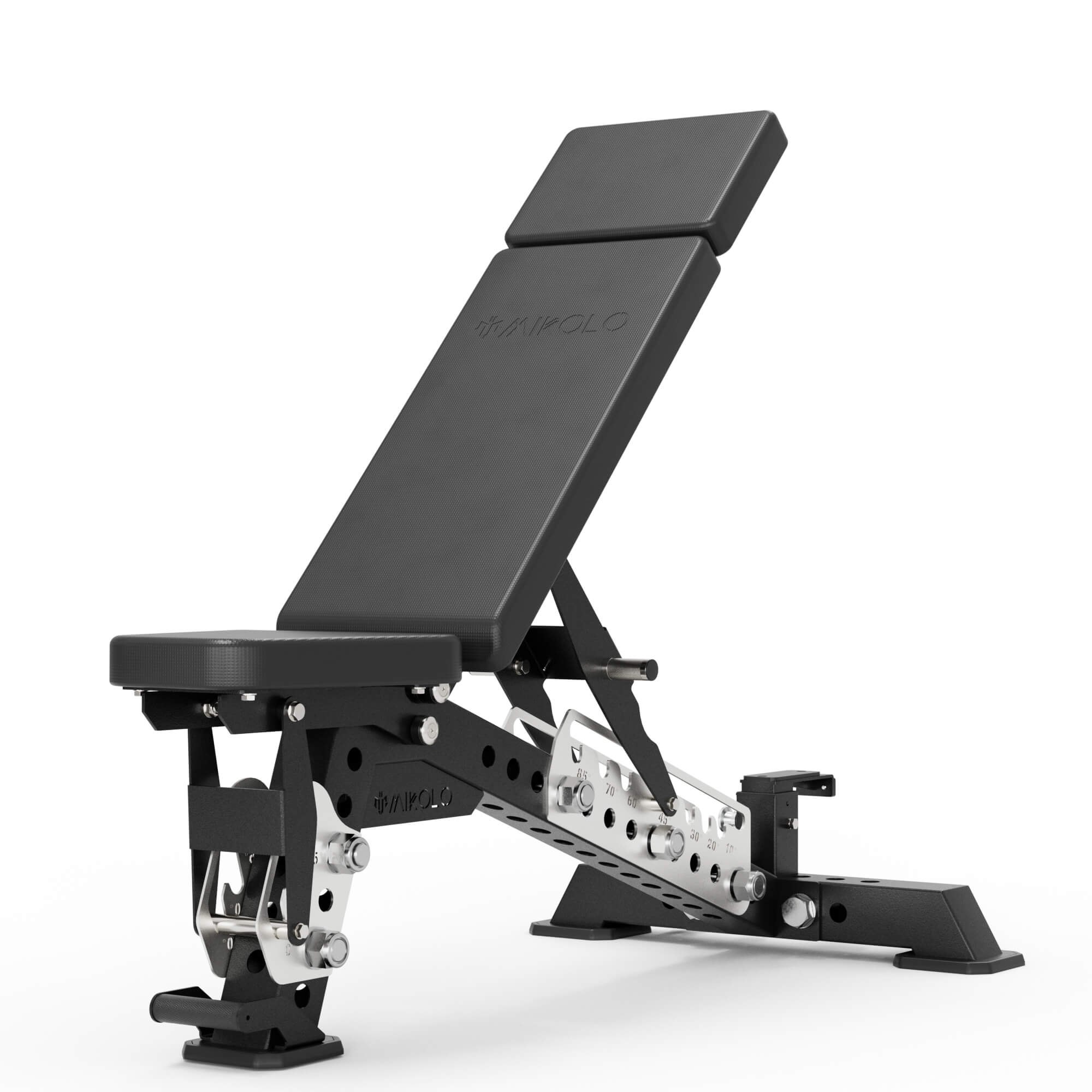
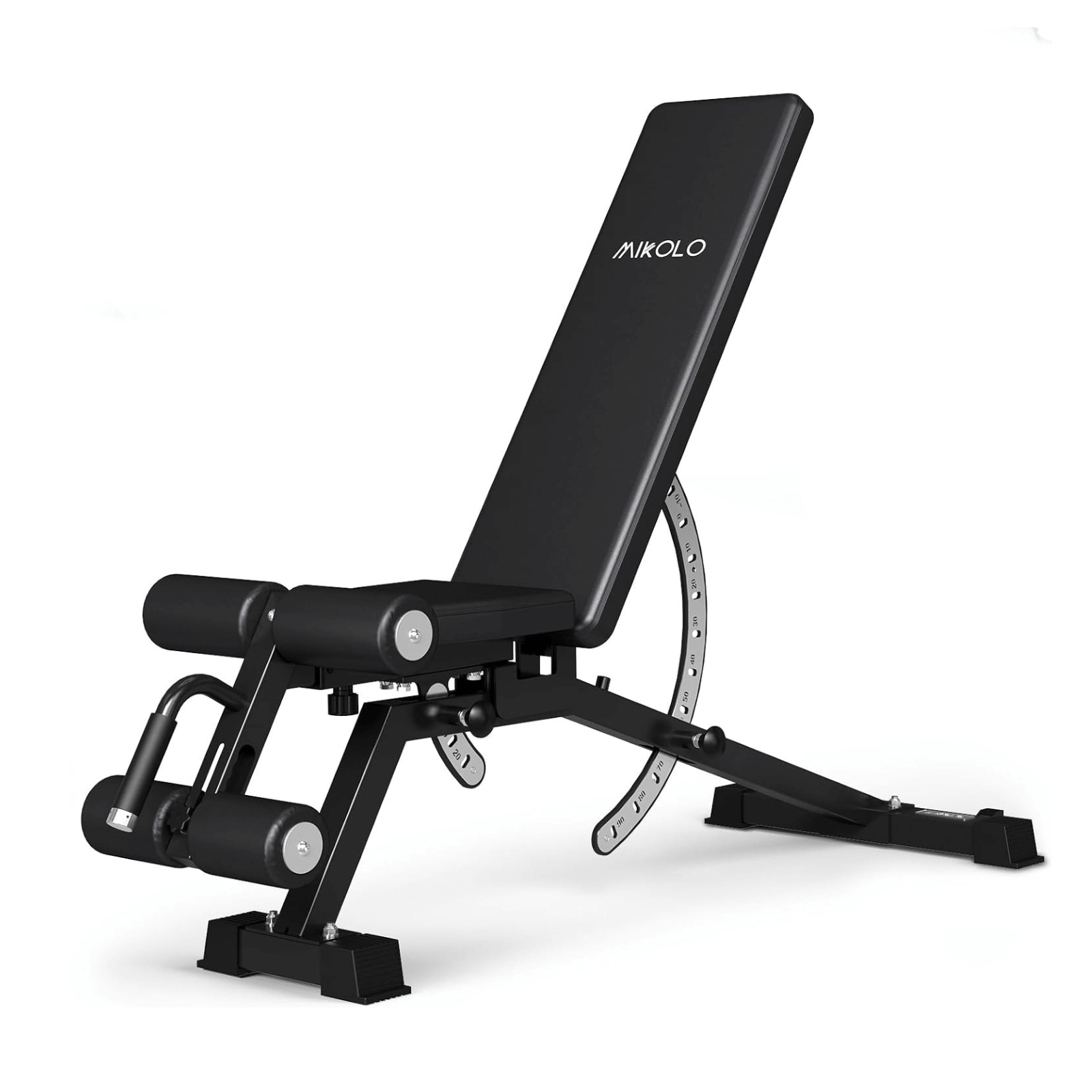




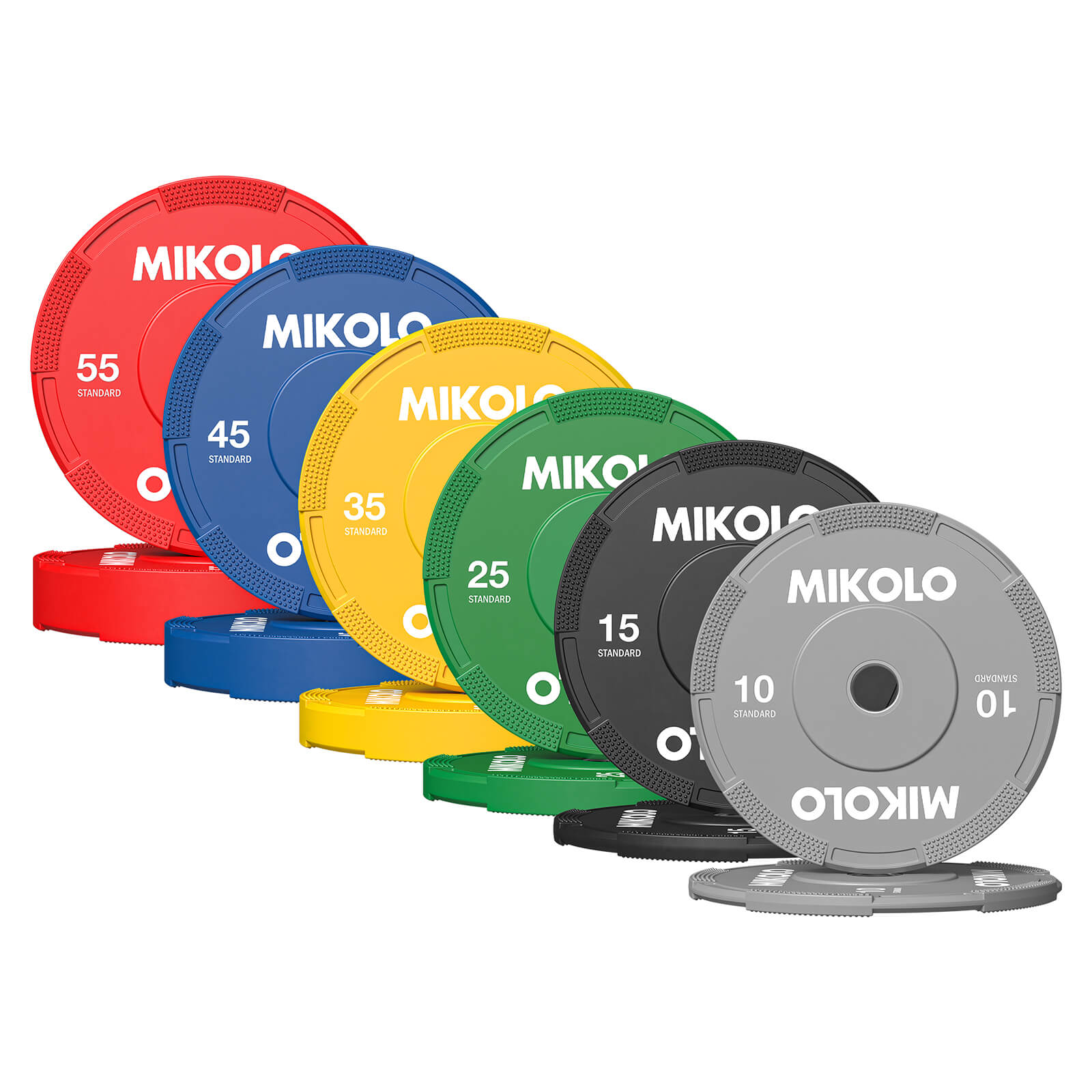
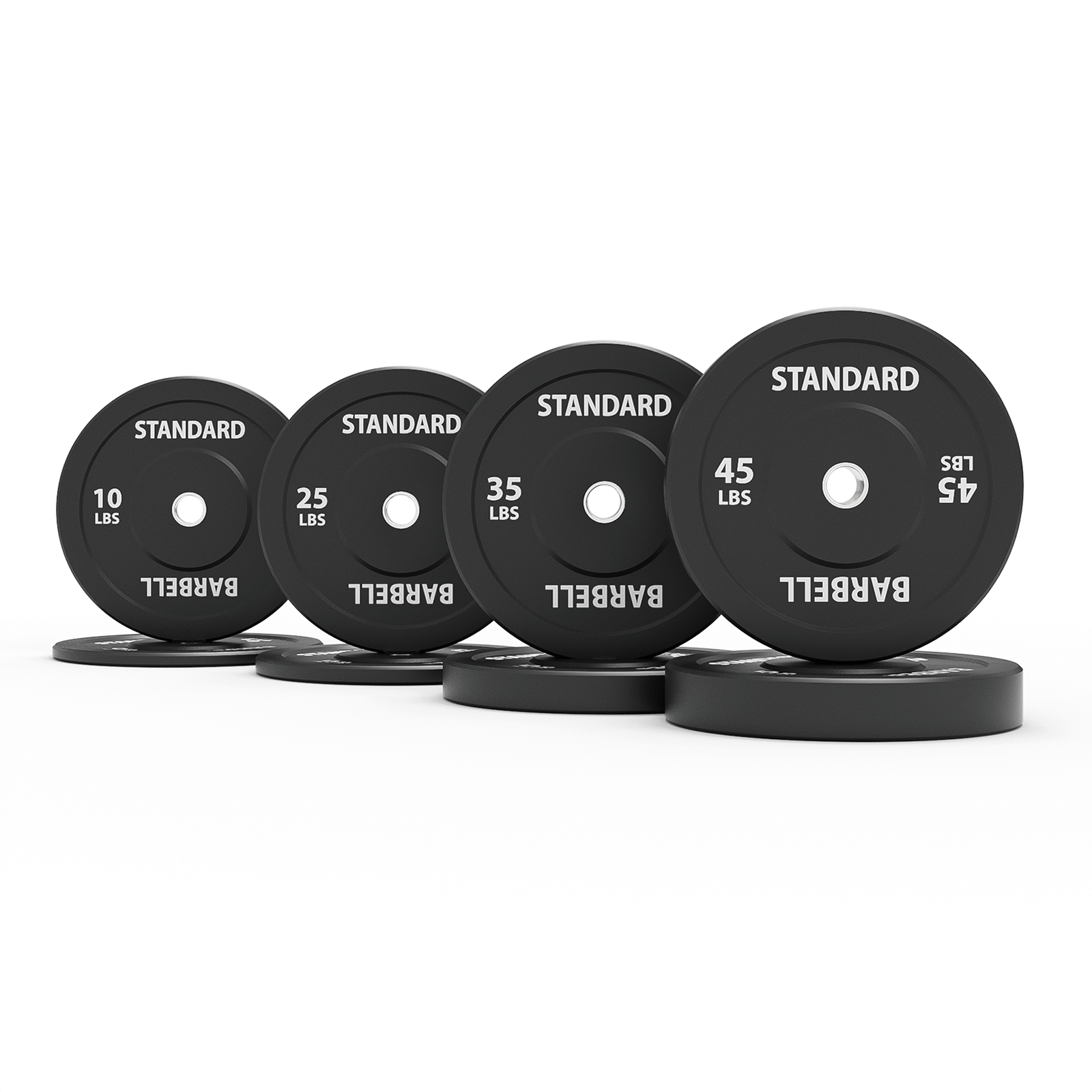
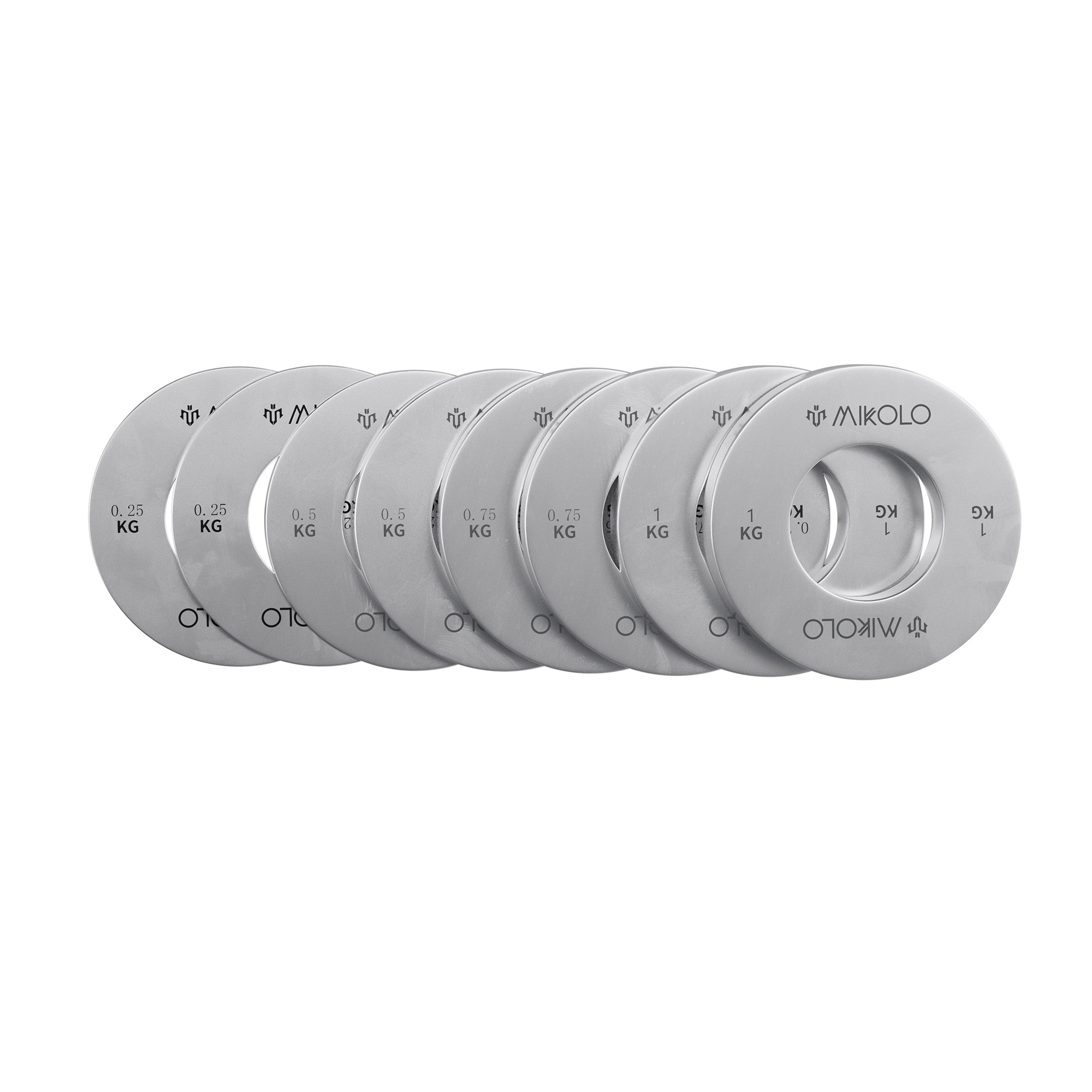
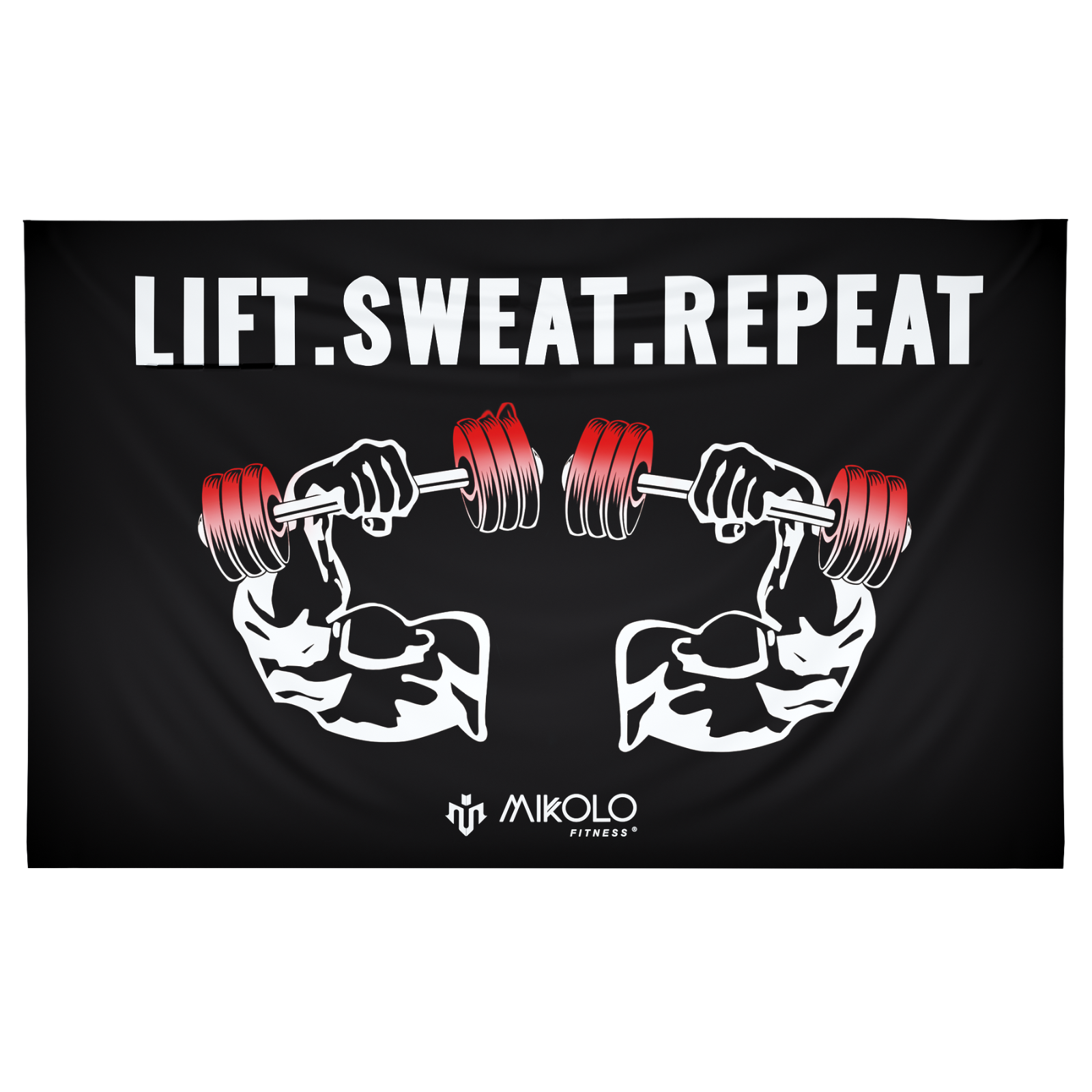
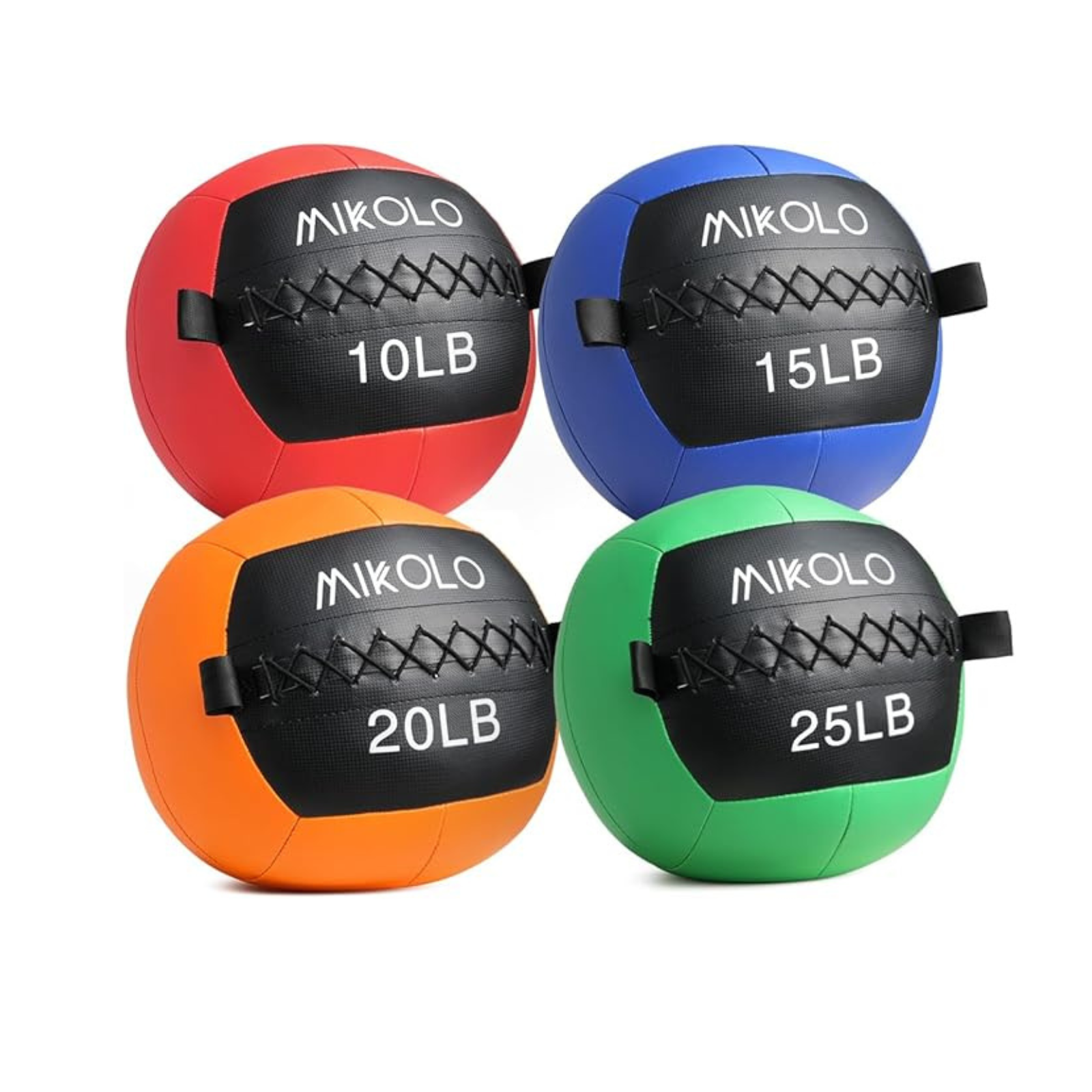
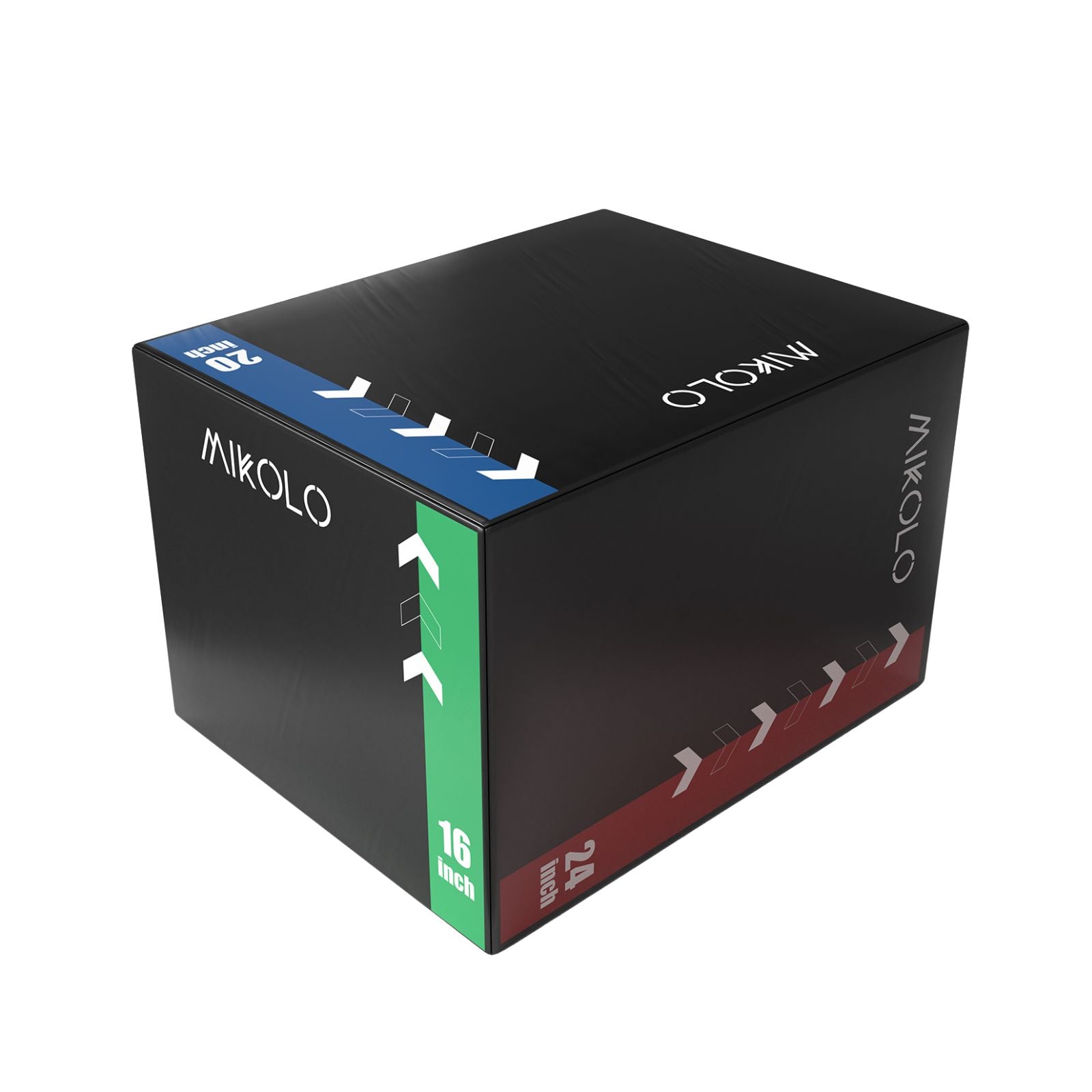

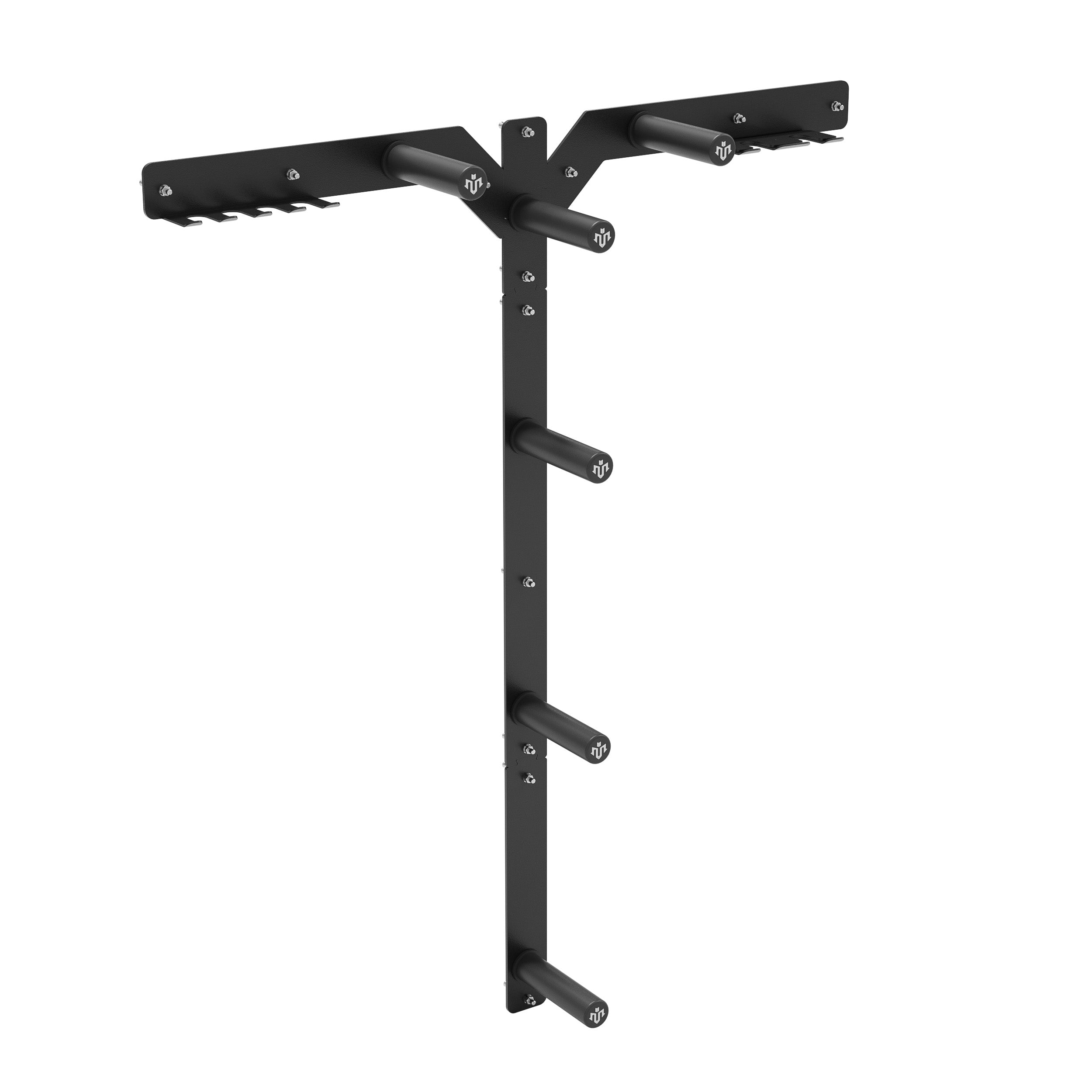




Leave a comment
This site is protected by hCaptcha and the hCaptcha Privacy Policy and Terms of Service apply.